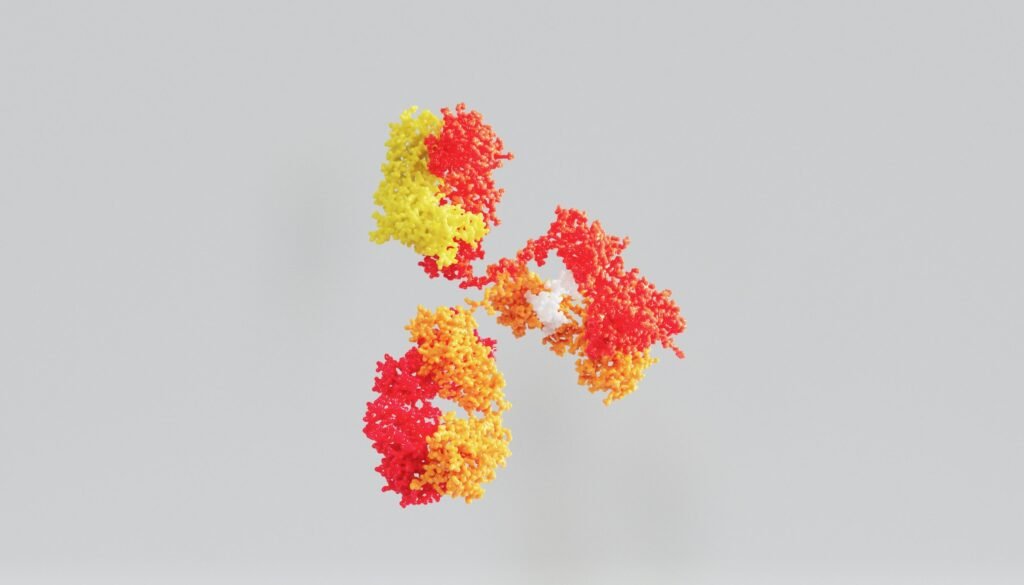Artificial intelligence (AI) is increasingly used to assist in the discovery and development of new drugs. The use of AI in drug discovery and development offers many potential benefits, including the ability to analyze large amounts of data, identify potential drug targets, and optimize drug candidates. However, there are also some potential drawbacks to using AI in this way.
Pros:
- AI can analyze large amounts of data and identify patterns that may not be obvious to human researchers.
- Used to identify potential drug targets and predict how well a drug will bind to those targets.
- Optimize drug candidates by predicting their pharmacokinetic and pharmacodynamic properties.
- Assist in identifying new indications for existing drugs.
- Predict the toxicity and side effects of drugs.
- Design new drug molecules with improved properties.
- Assist in discovering new drugs by identifying novel compounds with potential therapeutic activity.
- Used to prioritize drug candidates for further development.
- Assist in discovering new drug combinations, potentially improving efficacy.
- AI can identify patients who would most likely benefit from a specific drug.
Cons:
- AI models are only as good as the data they are trained on, so biases in the data can lead to inaccurate predictions.
- Challenging to interpret, making it difficult to understand why a particular drug candidate was chosen.
- May not be able to account for all factors that affect drug efficacy and safety.
- May not be able to account for the complexity of human biology.
- AI models may not be able to account for unanticipated side effects.
- AI models may need help to account for the complexity of human disease.
- Unable to account for the complexity of human behavior.
- AI models may not be able to account for the complexity of human response to drugs.
Applications
- Identifying potential drug targets: AI can analyze large amounts of data and identify potential targets that may not be obvious to human researchers.
- Optimizing drug candidates: AI can optimize drug candidates by predicting their pharmacokinetic and pharmacodynamic properties.
- Identifying new indications for existing drugs: AI can assist in identifying new indications for existing drugs.
- Predicting toxicity and side effects: AI can be used to predict drug toxicity and side effects.
- Designing new drug molecules: AI can be used to develop new drug molecules with improved properties.
- Discovering new drugs: AI can assist in the discovery of new drugs by identifying novel compounds with potential therapeutic activity.
- Prioritizing drug candidates: AI can prioritize drug candidates for further development.
- Identifying patients that would most likely benefit from a specific drug: AI can be used to identify patients that would most likely benefit from a particular drug.
Conclusion
- Alex Zhavoronkov, "Artificial intelligence in drug discovery," Nature Reviews Drug Discovery, vol. 16, pp. 97-117, 2017.
- R. Scott Obach, "Pharmacokinetics and pharmacodynamics of drugs discovered through artificial intelligence," Journal of Clinical Pharmacology, vol. 58, pp. 1511-1520, 2018.
- S. Gómez-Bombarelli, "Automatic chemical design using machine learning," Nature, vol. 559, pp. 455-461, 2018.

